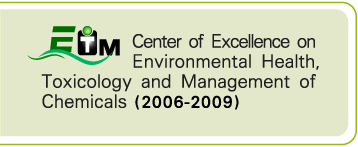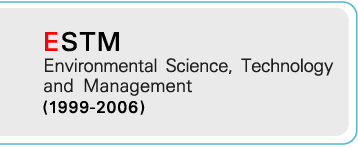| This study aimed to determine the effect of climate change on environmental factors and incidence of pathogenic bacteria, namely Vibrio spp., in the Ang Sila Coastal Area and Pra-sae estuary. The results demonstrated that increases in rainfall and water temperature have led to increased amounts of nitrate-nitrogen in seawater, while the salinity and conductivity of the seawater has decreased. Consequently, the density and incidence of the total Vibro spp. in seawater and the incidence of V. cholerae in oysters, Saccostrea forskali, have tended to increase, due to the elevation of seawater salinity. V.alginolyticus, V. vulnificus and V. parahaemolyticus were found to be the dominant species of Vibrio in seawater, and the incidence of V. parahaemolyticus in oysters tended to increase when the temperature of the seawater decreased. In the case of the Pra-sae estuary, rainfall and water temperature could cause the decreasing salanity, conductivity and pH of the water, while the nitrate-nitrogen and total coliform bacteria were likely to be statistically significantly increased (p < 0.05). In addition, the increasing salinity, pH, and total coliform bacteria in the water could lead to higher density and incidence of V. cholerae in sea bass, Lates calcarifer (Bloch), at statistically significant levels (p < 0.001). The expressions of some virulent factors of isolated Vibrio spp. tend to increase at higher temperatures. Most of the isolated Vibrio spp. was found to be susceptible to all of the antibiotics tested, except ampicillin.
แหล่งข้อมูล:
|
 Center of Excellence on Environmental Health and Toxicology (EHT)
Center of Excellence on Environmental Health and Toxicology (EHT)










